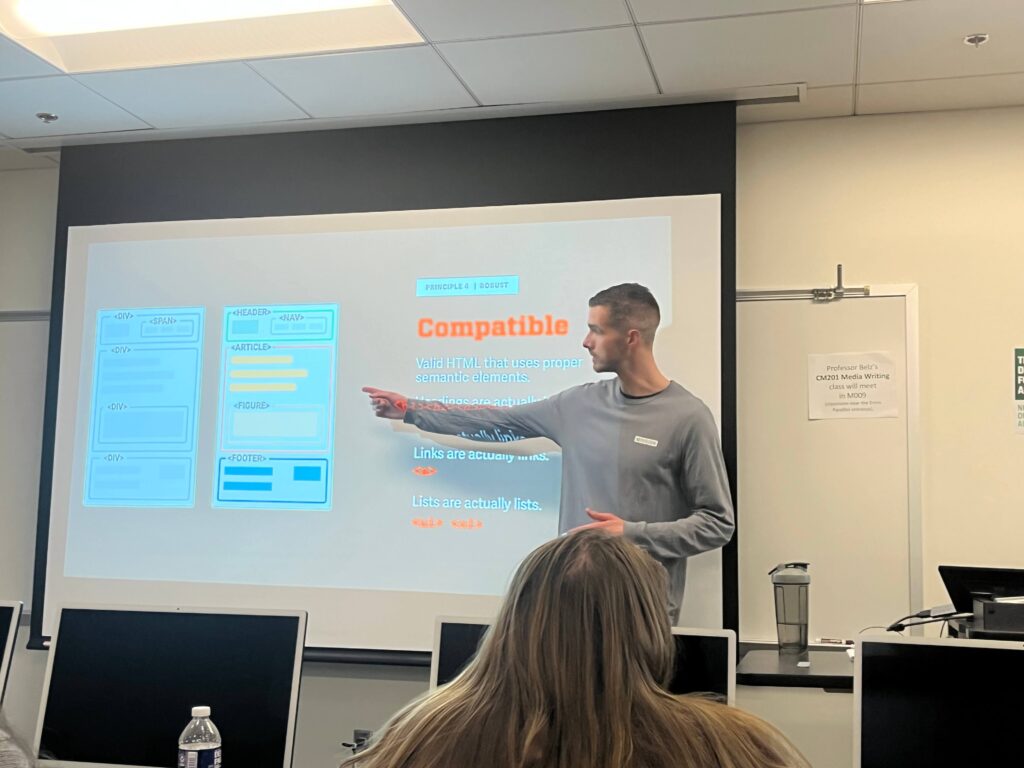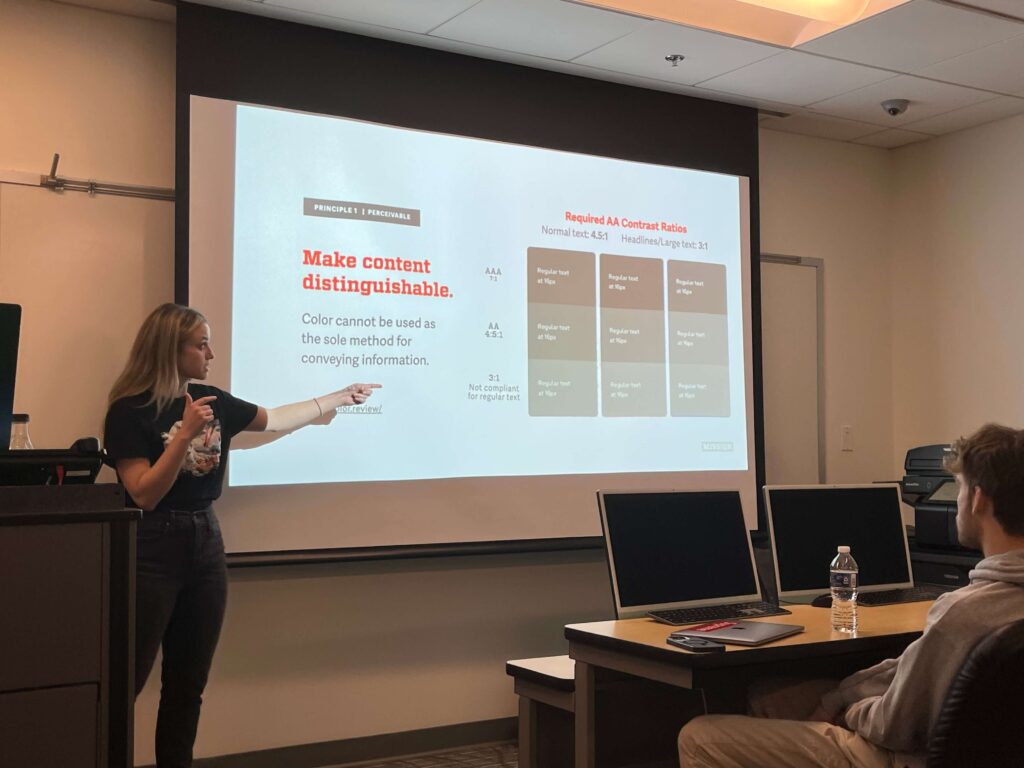We are firmly planted in the digital era. As we look around at the many ways accessibility has advanced in the physical world, we should also be prioritizing digital spaces. In this article, we’ll explore five ways you can make your social media content more accessible.
1. Use Alt Text, Always
One common method used to aid people with visual impairment is alternative text, or alt text, on posts that feature an image. Alt text is a short description of an image that helps people who use a screen reader to know what’s being shared. Almost all social media platforms offer the ability to add or update automatically generated alt text.
It’s up to you to determine what’s important to emphasize within the image, but here are a few tips to consider when drafting alt text:
- Include the essentials. If it was important enough to show in the photo, it should be described in the alt text.
- If there’s text in the image, make sure it’s also in the alt text.
- No need to include “a photo of” or “an image of,” jump right into the description.
- Remember, this is highlighting what the image conveys, not just what it contains.


For more help writing good alt text, check out our Mission Alt Text Flow Chart!
2. Be Thoughtful with Your Text
People who are navigating social media platforms with the help of screen readers are fully reliant on the words that are typed out, so be considerate of what and how you’re typing.
Some of the ways text can be accessible is through proper hashtagging, not typing in all uppercase, being considerate with font color, as well as the characters and typography you’re using. When using hashtags, be sure to be case-sensitive with multiple-word hashtags. For example; use #AccessibilityRocks instead of #accessibilityrocks.
Avoid typing in all uppercase letters as screen readers can read them as acronyms instead of the word itself. Be considerate of all characters and typography, including special characters, emojis, and even specialty fonts. They can lead to some very confusing readings from assistive technology.
You ?????????? it’s ??????? to ?????????? your tweets and usernames ???????? ??????. But have you ???????????????? to what it ???????????? ???????? with assistive technologies like ??????????????????? pic.twitter.com/CywCf1b3Lm
– Kent C. Dodds ?? (@kentcdodds) January 9, 2019
